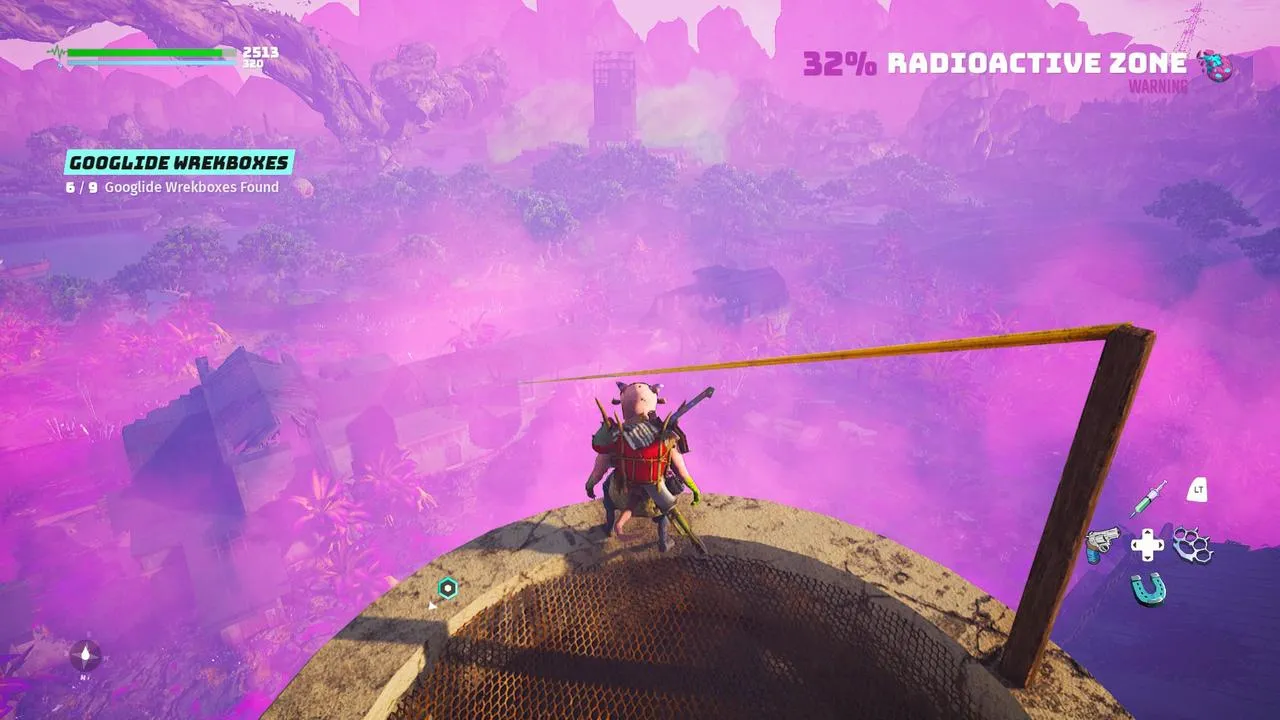
Biomutant: A Post-Apocalyptic Adventure Falls Short
Contents
Biomutant, first announced in 2017, generated significant buzz. The promise of an open-world, post-apocalyptic Kung Fu RPG developed by a small team of 20 ignited curiosity and anticipation. The concept of a “Devil May Cry for furries” in a vast, unique world intrigued many, especially given the team’s size and independent spirit. However, the final product, released in May 2021, ultimately failed to live up to the hype.
A World of Missed Opportunities
Biomutant presents a novel premise: exploring a post-apocalyptic world as a furry mutant. Character creation allows for customization, but the stat system feels unbalanced. While strength, agility, and intellect are standard RPG fare, charisma feels underutilized. Its primary function is persuading faction leaders, but combat often provides a simpler alternative. This renders charisma almost irrelevant, a strange inclusion in a game otherwise focused on action.
 Biomutant Character Creation
Biomutant Character Creation
The faction system, another touted feature, suffers from similar shallowness. Choosing a side involves conquering territory, with one faction aiming to save the Tree of Life and the other seeking total domination. These choices lack moral complexity and primarily affect the ending, offering little impact on the core gameplay experience. Ultimately, choosing peace after defeating the second faction saves time and avoids unnecessary conflict.
Narrative and Dialogue Woes
One of Biomutant’s most significant flaws lies in its dialogue execution. The combination of gibberish character speech, subtitles, and narrator commentary creates a tedious and disruptive experience. The narrator describes emotions and intentions rather than directly translating dialogue, resulting in a stilted and unnatural flow.
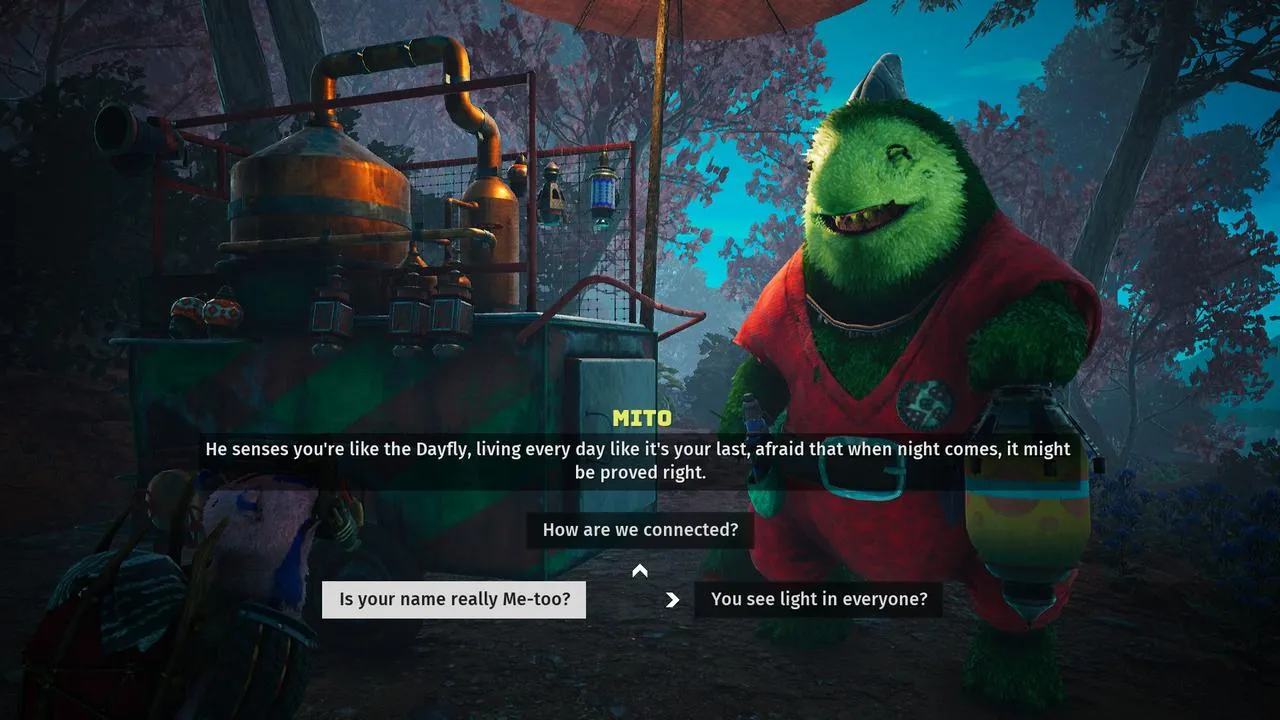 Biomutant Dialogue
Biomutant Dialogue
A recommended fix is disabling both “Gibberish” and “Narrator” in the audio settings. This allows players to experience the story at their own pace without the constant interruptions. The narrative itself, while not groundbreaking, offers a decent blend of faction warfare, personal revenge, and environmental salvation. The world, populated by strange creatures mimicking human behaviors, presents an intriguing backdrop. However, the excessive and unnecessary dialogue significantly hinders enjoyment, especially in the early game.
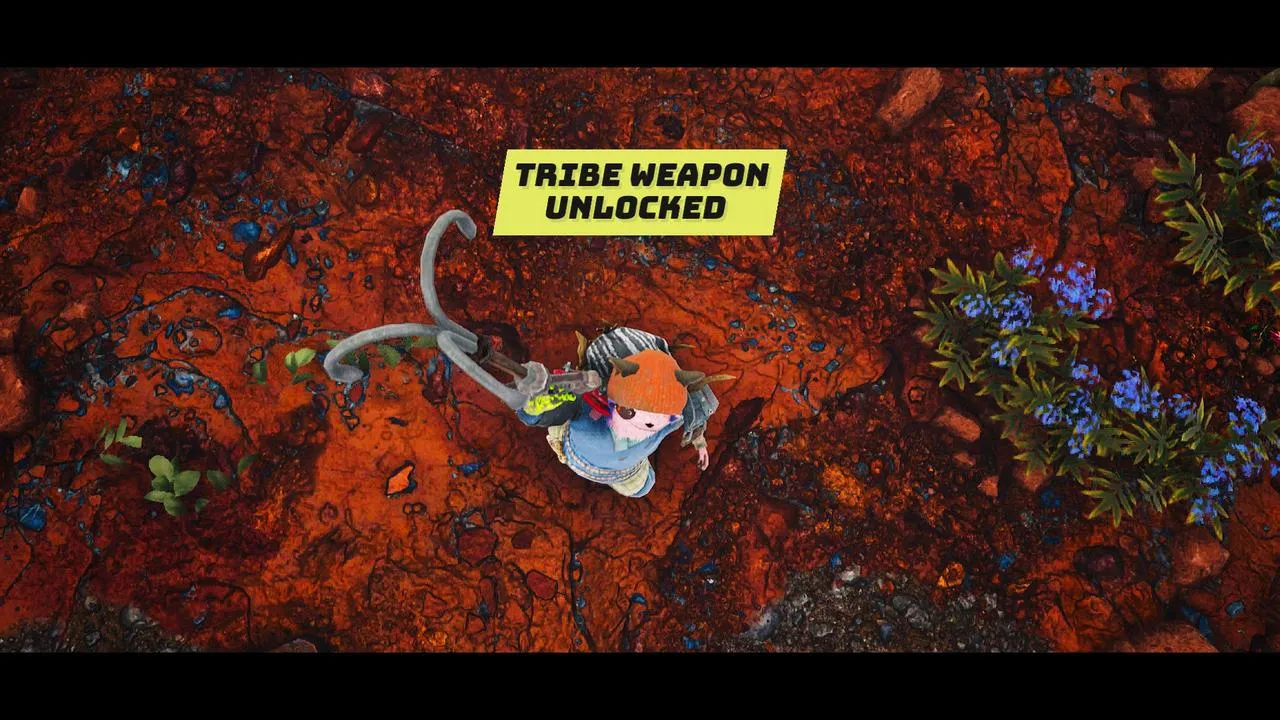 Biomutant Environment
Biomutant Environment
Further disrupting the flow are frequent cutscenes. These short, often unnecessary interruptions focus on NPCs, mini-bosses, or locations. Even boss battles are punctuated by intrusive close-ups, signaling phase changes and limiting player interaction. Coupled with persistent tutorial tooltips, these interruptions constantly pull the player out of the experience.
Combat and Exploration: Style Over Substance
Biomutant’s combat initially appears fast-paced and reminiscent of Devil May Cry. However, the lack of a lock-on system, combined with weightless combat and repetitive combos, quickly reveals its shallowness. The absence of visual cues for off-screen attacks, coupled with a restrictive camera, makes combat frustrating and clunky. Ranged combat and Psi-powers offer little variety, failing to elevate the overall experience.
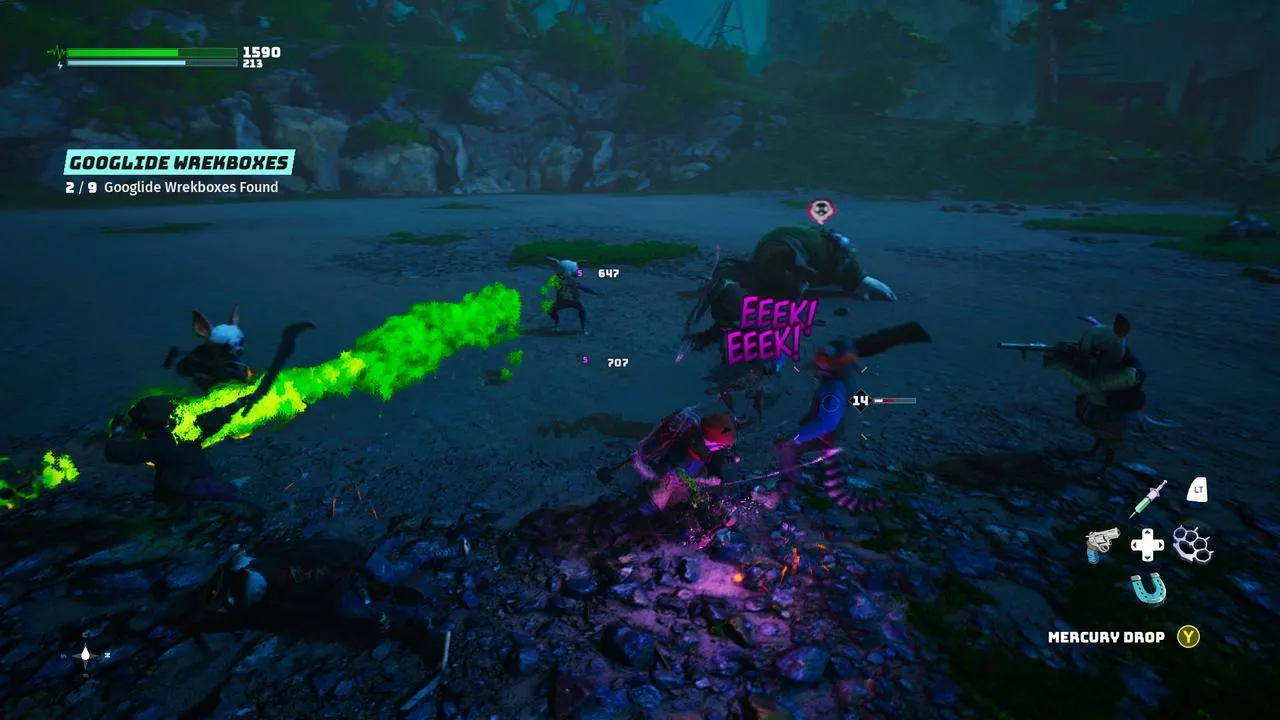 Biomutant Combat
Biomutant Combat
Exploration fares slightly better. While repetitive, the open world offers numerous collection quests and distinct biomes. However, these areas primarily serve as checklists, lacking meaningful gameplay or environmental interaction. Hazardous zones function as timers rather than presenting unique challenges.
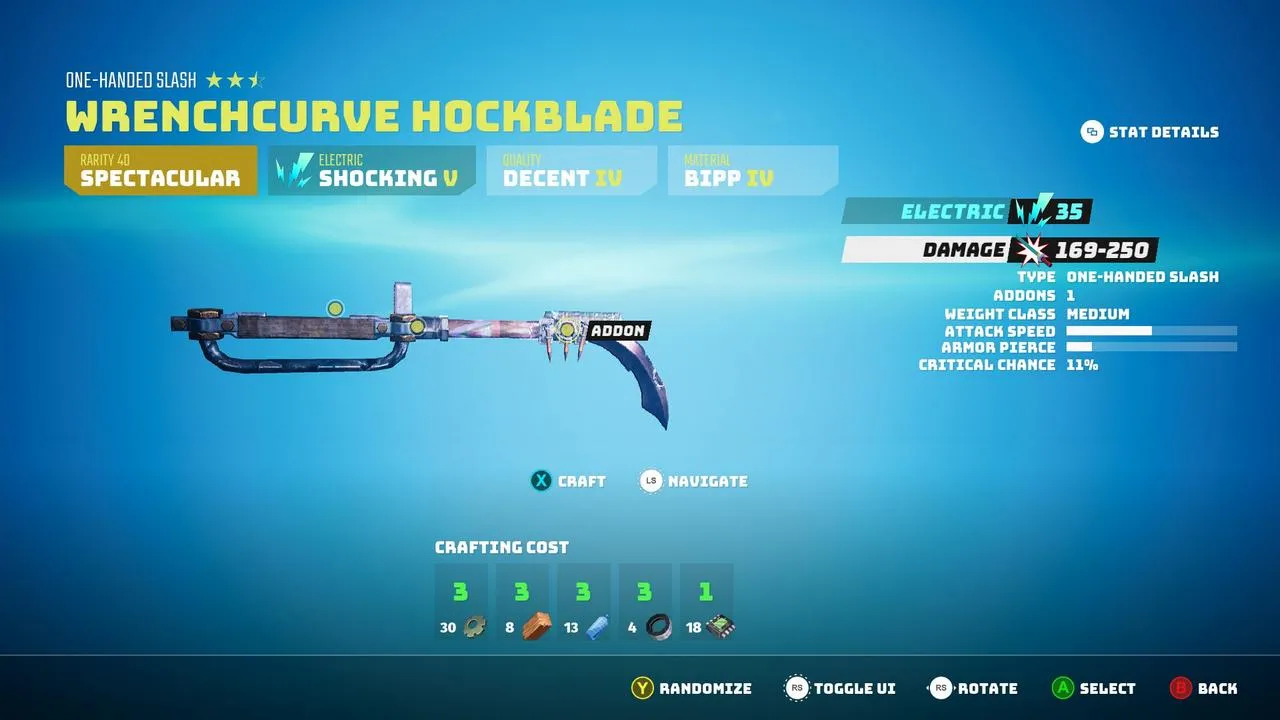 Biomutant Exploration
Biomutant Exploration
Conclusion: A Disappointing Reality
Biomutant represents a significant missed opportunity. Six years of development resulted in a game that feels shallow and unfinished. While the core concepts hold promise, the execution falls short in almost every aspect. The clunky combat, tedious dialogue, and intrusive interruptions ultimately undermine the experience. While some may find enjoyment in its unique world and premise, Biomutant’s flaws prevent it from reaching its full potential.
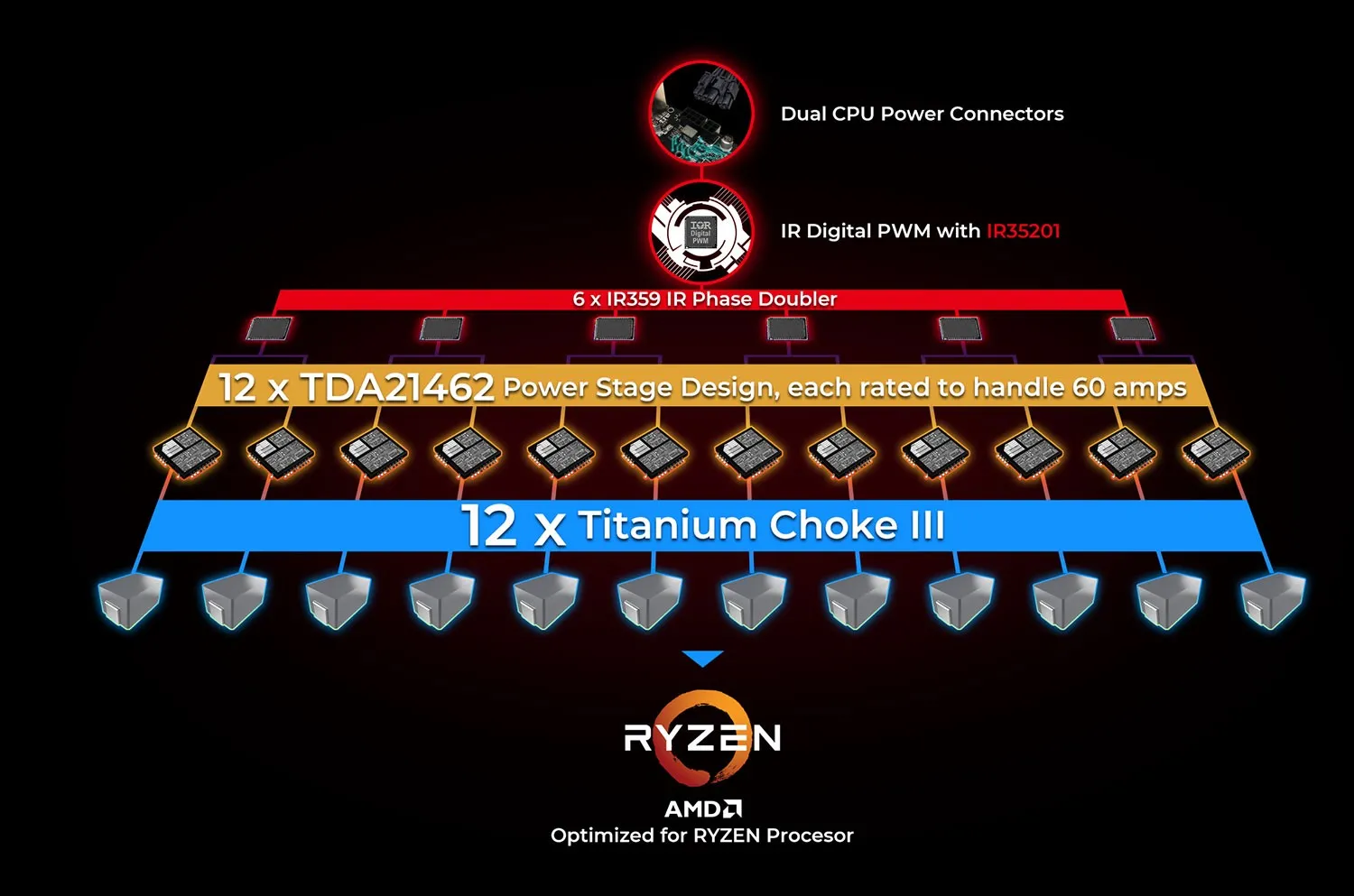


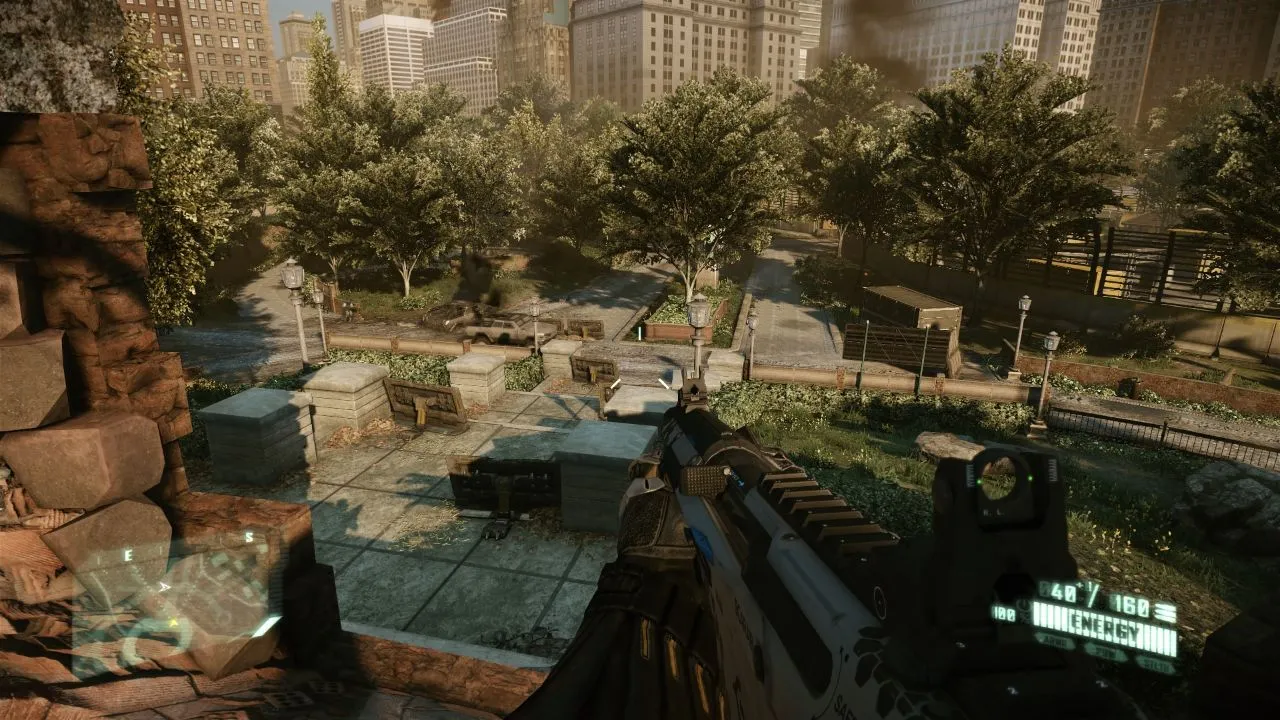
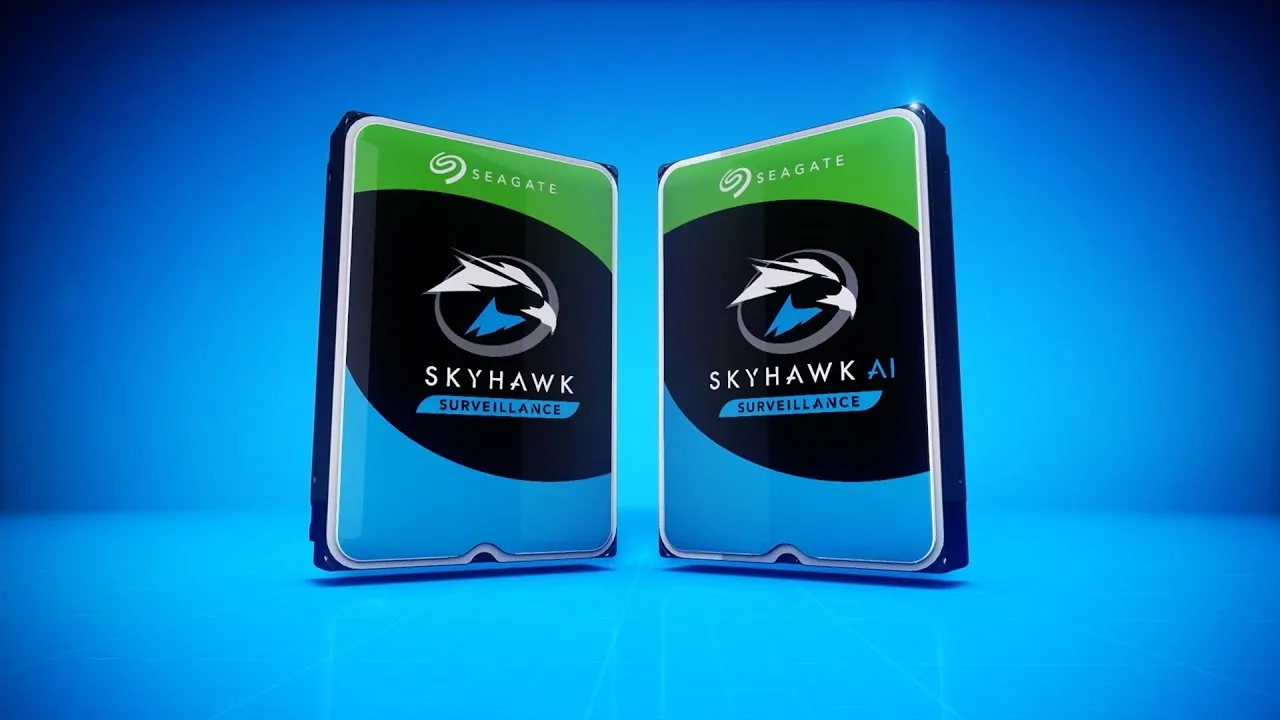
Comments (0)